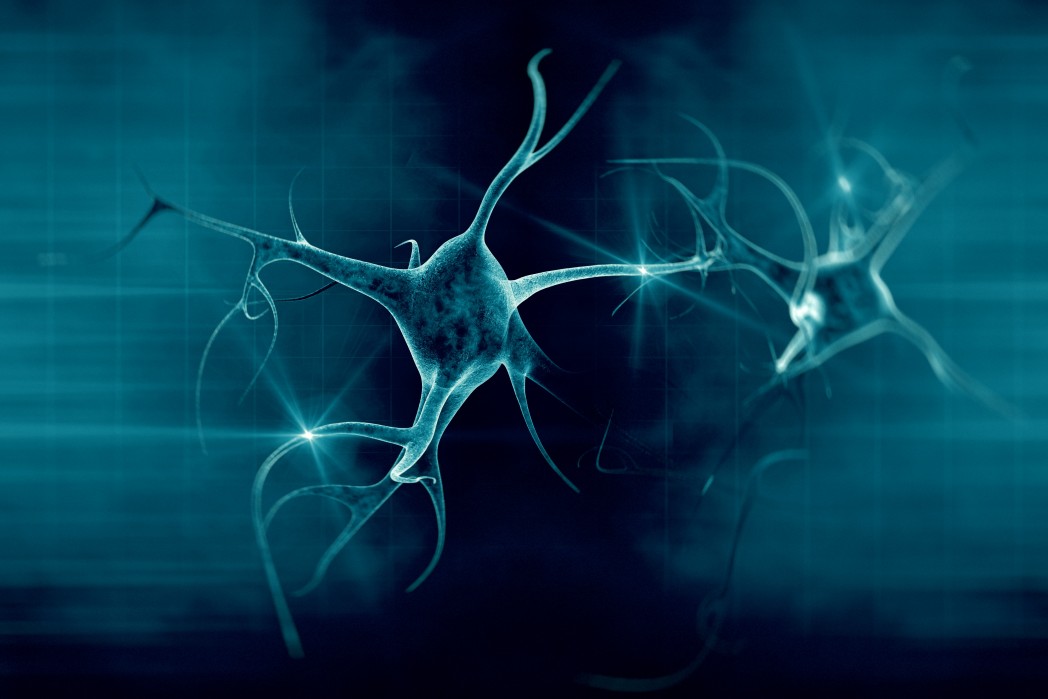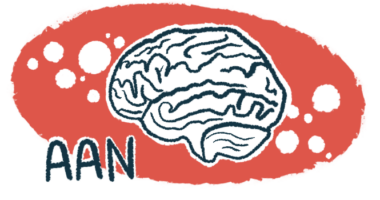New Insights Into Motor Neuron Degeneration and Potential ALS Therapies

A new study conducted by researchers at the Universidad Nacional Autónoma de México in Mexico recently revealed new insights into the mechanisms underlying motor neuron degeneration, offering potential new treatment strategies for amyotrophic lateral sclerosis (ALS). The study is entitled “Degeneration of spinal motor neurons by chronic AMPA-induced excitotoxicity in vivo and protection by energy substrates” and was published in the journal Acta Neuropathologica Communications.
ALS is a progressive neurodegenerative disease, characterized by the gradual degeneration and atrophy of motor neurons in the brain and spinal cord that are responsible for controlling essential voluntary muscles, such as the ones related to movement, speaking, eating, and even breathing. ALS patients may become totally paralyzed and the majority dies due to respiratory failure within two to five years after diagnosis. The ALS Association estimates that more than 300,000 Americans suffer from the disease.
It has been previously suggested that excitotoxicity, the pathological process by which nerve cells are damaged or killed due to excessive stimulation through the glutamate neurotransmitter, might be a key factor in the motor neuron death observed in ALS.
The research team has previously demonstrated that the over-activation of the Ca2+-permeable AMPA (alpha-amino-3-hydroxy-5-methyl-4-isoxazole propionate) glutamate receptor type in adult rats causes a progressive rear limb paralysis and bilateral motor neuron degeneration. Oxidative stress and energy failure have also been associated to motor neuron degeneration.
In the present study, the team analyzed the potential protective effect of the antioxidants ascorbate and glutathione ethyl ester (GEE), and of the energy substrates pyruvate and beta-hydroxybutyrate (beta-HB), in the context of a chronic AMPA-induced neurodegeneration in rats through the continuous infusion of AMPA in the animal’s lumbar spinal cord.
Researchers found that AMPA infusion caused significant progressive motor deficits in rats, with animals suffering bilateral rear limb paralysis by day seven. This motor impairment correlated with the death of more than 80% of the lumbar spinal motor neurons. Astrogliosis, an abnormal increase in the numbers of astrocytes (cells critical for nutrient provision to the nervous tissue, maintenance of ion homeostasis and repair mechanisms in the brain and spinal cord) due to neuron destruction, was also observed.
On the other hand, co-infusion with pyruvate or beta-HB remarkably prevented motor impairment and paralysis, decreased motor neuron loss to less than 25% and completely blocked the induction of astrogliosis. Antioxidants were found to have no effect.
The research team concluded that over-activation of AMPA receptors causes chronic progressive excitotoxicity that results in motor neuron death and consequently, motor impairment and paralysis in rats. The fact that pyruvate and beta-HB exert a protective effect while antioxidants do not, suggests that oxidative stress might have a minor impact in motor neuron death in comparison to energy metabolism. The authors propose that since excitotoxicity may be linked to motor neuron degeneration in ALS patients, this work may offer potential therapeutic strategies for the disease.






